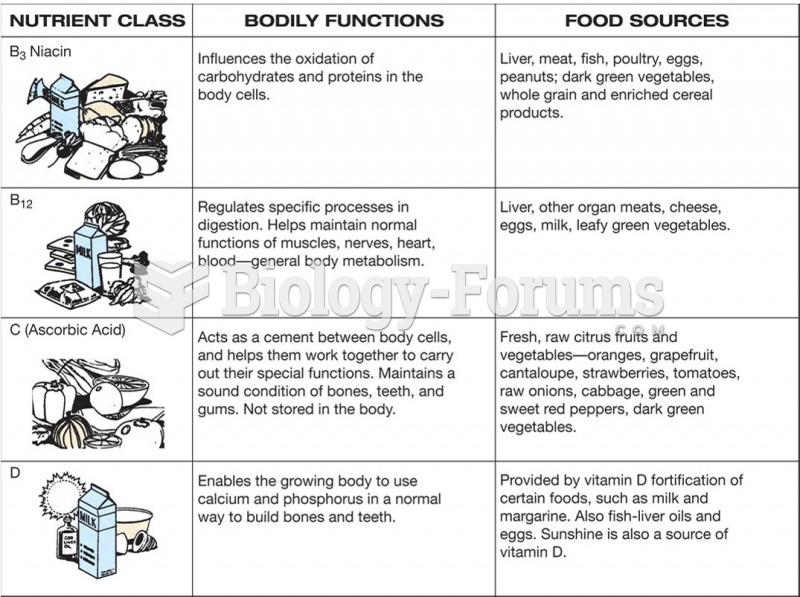|
|
|
Vaccines prevent between 2.5 and 4 million deaths every year.
The oldest recorded age was 122. Madame Jeanne Calment was born in France in 1875 and died in 1997. She was a vegetarian and loved olive oil, port wine, and chocolate.
As many as 20% of Americans have been infected by the fungus known as Histoplasmosis. While most people are asymptomatic or only have slight symptoms, infection can progress to a rapid and potentially fatal superinfection.
Many medications that are used to treat infertility are injected subcutaneously. This is easy to do using the anterior abdomen as the site of injection but avoiding the area directly around the belly button.
The Romans did not use numerals to indicate fractions but instead used words to indicate parts of a whole.
 A Mediterranean woodland in California shown during the cool moist season, when the herbaceous veget
A Mediterranean woodland in California shown during the cool moist season, when the herbaceous veget
 Areas of Mediterranean shrubland in southern California periodically burn over large areas, destroyi
Areas of Mediterranean shrubland in southern California periodically burn over large areas, destroyi





